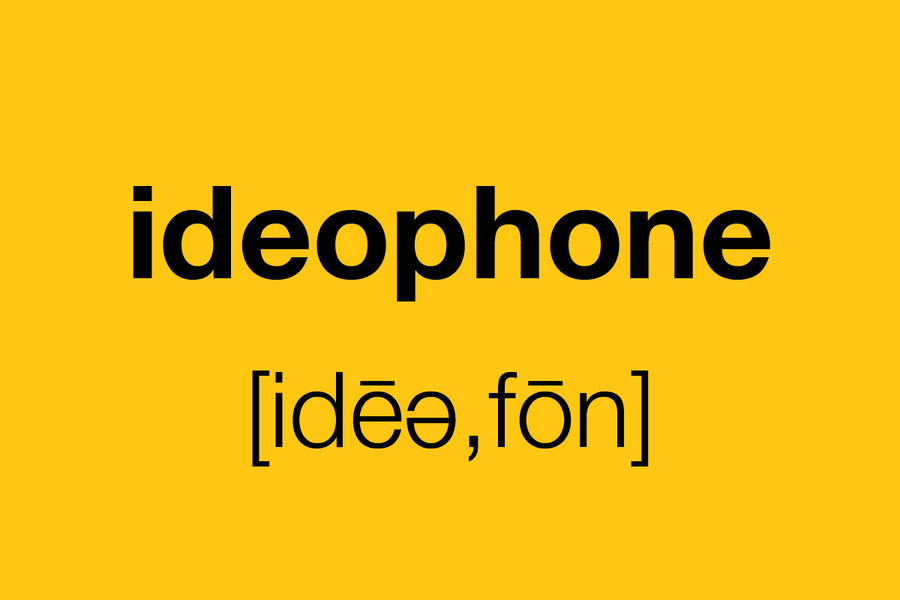The words that evoke ‘sound pictures’
Loading...
Language is arbitrary. There’s no reason human’s best friend should be called “dog,” “hund,” or “chien.” The sounds that make up these words do not in themselves have meaning.
And yet there are parts of language that are less abstract and arbitrary. My first word for canines was “wauwau,” which is onomatopoeic, mimicking how dogs sound. Onomatopoeia is common enough. We can describe children frolicking in the pool as “splish-splashing.” The state bird of Massachusetts is called the “chickadee” after its characteristic song.
But words can do more than depict the sound something makes. For example, stars don’t make sounds we can hear, but saying that they “twinkle” at night is a way of painting a picture with sound, perhaps grounded in synesthetic connections. German researcher Wilhelm Wundt in 1900 coined the term Lautbilder (“sound pictures”) for such words and phrases. A more science-sounding term is ideophones.
The African language Ewe has two dialects with different words for ducks, one using the onomatopoeic kpakpa mimicking the duck’s quacking, the other one using the word ɖaboɖabo. About the latter, a speaker of Ewe was asked why that word was used and he imitated the waddle of a duck. There are languages with hundreds and thousands of such ideophones.
English displays another kind of association of vivid meanings with particular sounds. Consider the large set of words that begin with “sn”: sniff, snort, snore, sneeze, snicker, snout, sniffle, snoop, and so on. These all have to do with the nose. But “sn” doesn’t mean “nose,” and the meaning of “sniff” isn’t the combination of “sn” (nose) and “iff” (whatever that could be). Nevertheless, the presence of “sn” reliably evokes an association with the nose.
An intriguing idea is that sound pictures are a remnant of what was even more pervasive at the dawn of language, hundreds of thousands of years ago. Perhaps language started as a collection of vivid sound pictures and became more arbitrary over time. Support for this idea may come from the study of a nascent sign language that is emerging among a community of both hearing and deaf individuals in the Negev Desert in Israel. This language, called Al-Sayyid Bedouin Sign Language, has a strong iconic component, vastly more so than established sign languages such as American Sign Language or the more local Israeli Sign Language. Perhaps history is repeating itself.
Guest columnist Kai von Fintel is a professor of linguistics at the Massachusetts Institute of Technology. In a Word columnist Melissa Mohr is on sabbatical.





